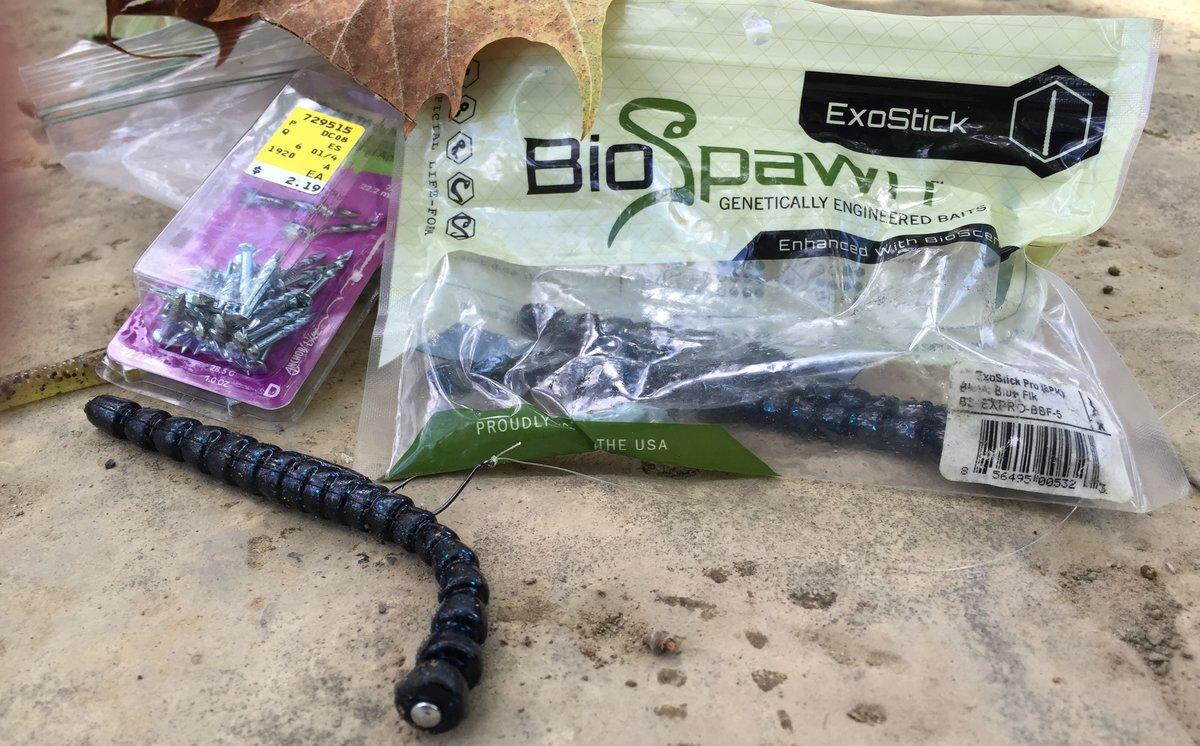3 Reasons Finesse Presentations Catch Fish
Finesse presentations have become important components in most anglers’ arsenals. Having a shakey head, drop shot, or wacky worm at hand can sometimes mean the difference between a tough day and a full livewell.Knowing how to rig and fish finesse presentations is certainly the most important part to finesse anglers' success, but it’s equally important to have a high-level understanding of how finesse presentations trigger strikes and the proper times and places to throw them.Here are three reasons why finesse presentations are so effective:
1. Finesse Presentations Are Subtle
In lakes and reservoirs across the south, bass are becoming warier and warier – the result of 25 years of catch-and-release ethic. Most big bass have been caught at least once or twice in their lives, and despite having pea-sized brains, they’re much less likely to fall for the same spinnerbait again and again.Finesse presentations are subtle, meaning they don’t create a lasting impression in bass memories. Finesse worms, grubs, and stick baits draw strikes from curiosity, and as such don’t require bass to be feeding to strike.
2. Finesse Presentations Are Realistic
Many finesse presentations do an excellent job of emulating actual prey, which makes tight-lipped bass much more willing to strike. The underwater world is in constant motion, so the gentle quiver of a finesse worm or tiny craw looks natural to bass and represents a feeding situation they regularly encounter. The most effective finesse baits also feature natural colors like greens, browns, and blacks.
3. Finesse Presentations Don’t Intimidate
When the bite is off, classic power techniques like spinnerbaits, cranks, and jigs can sometimes intimidate cautious bass into not striking. This is particularly evident in clear water situations, where they get a good look at the bait. Finesse presentations come in small packages, which elicit just the right amount of attraction without intimidation.
Updated February 7th, 2019 at 10:28 AM CT


